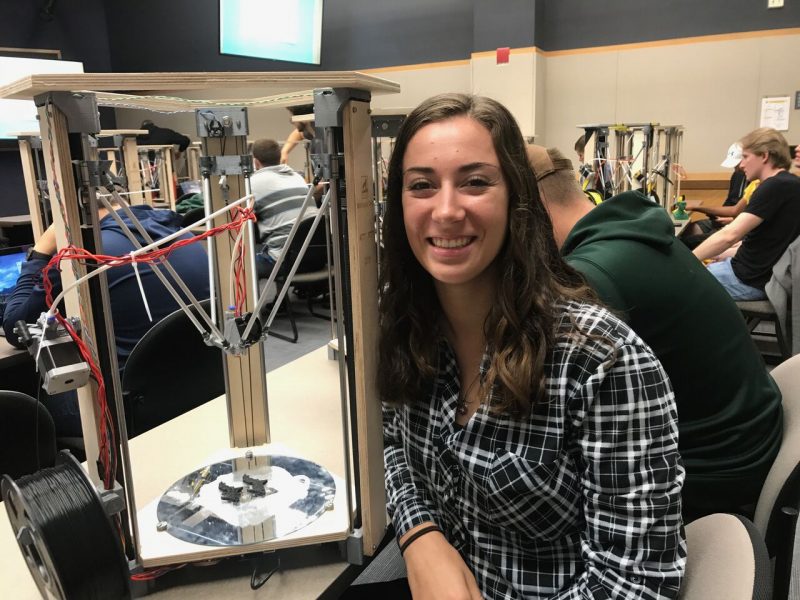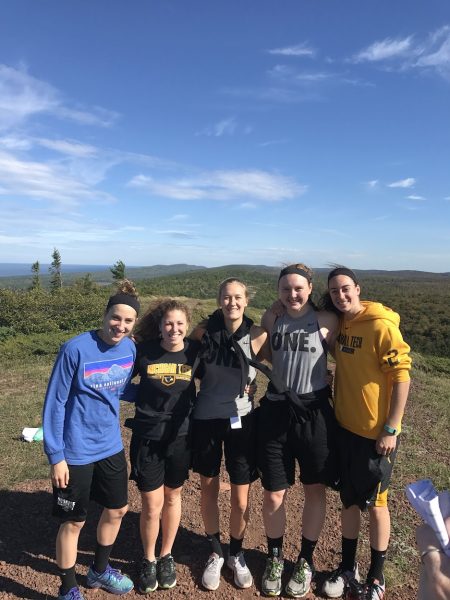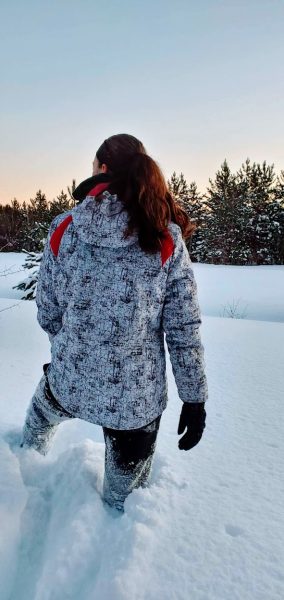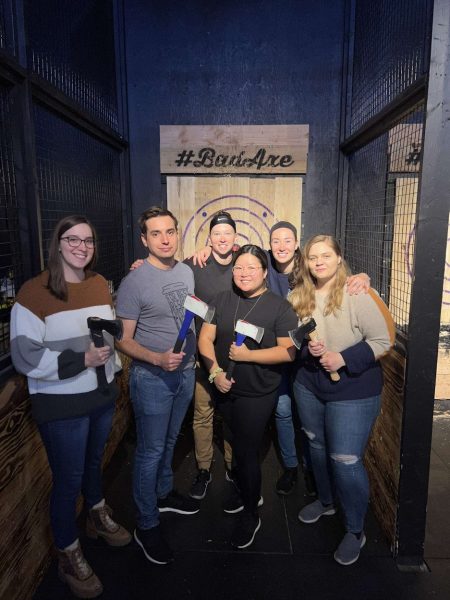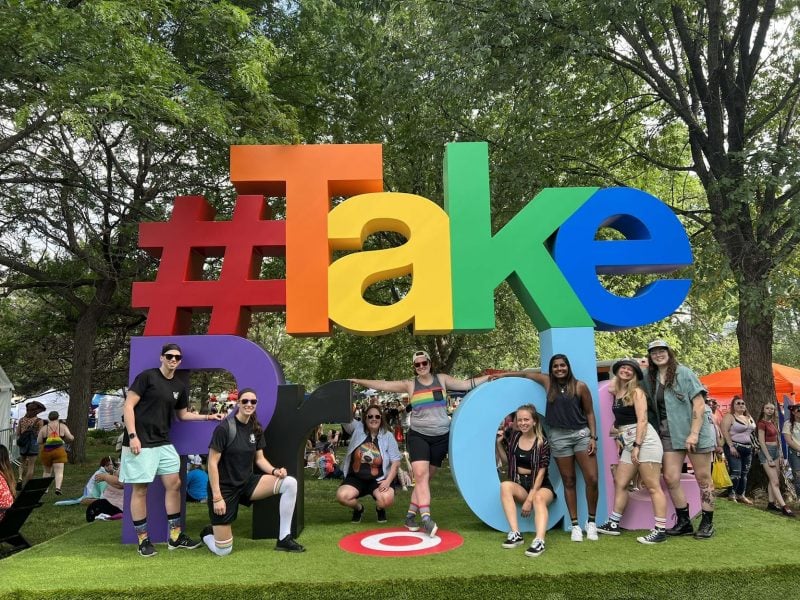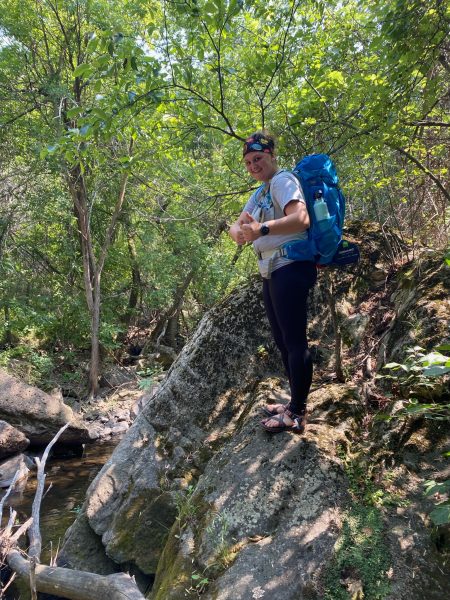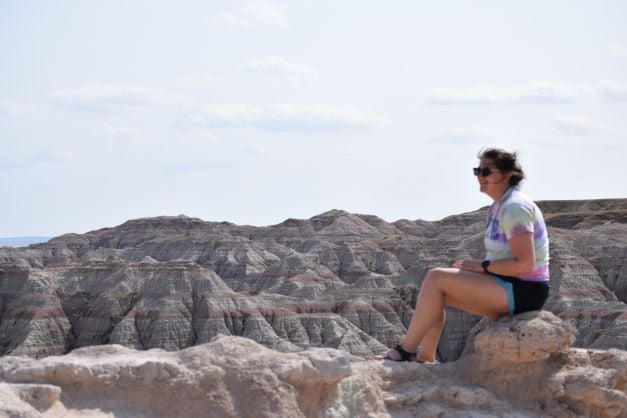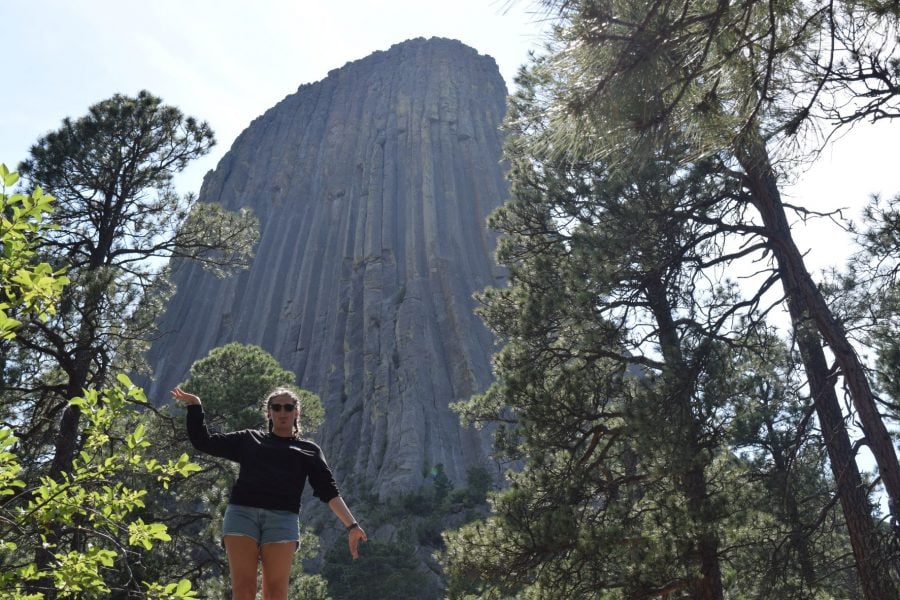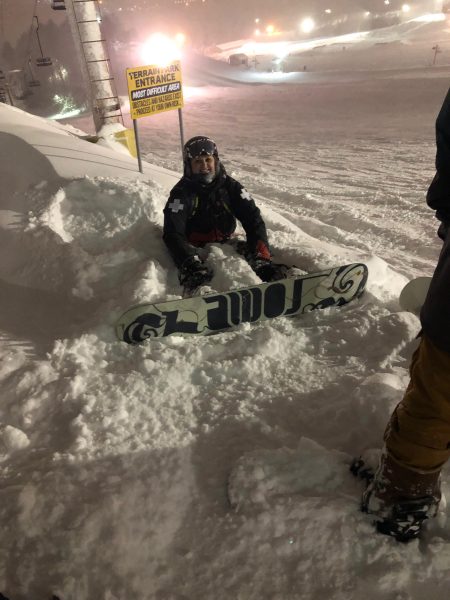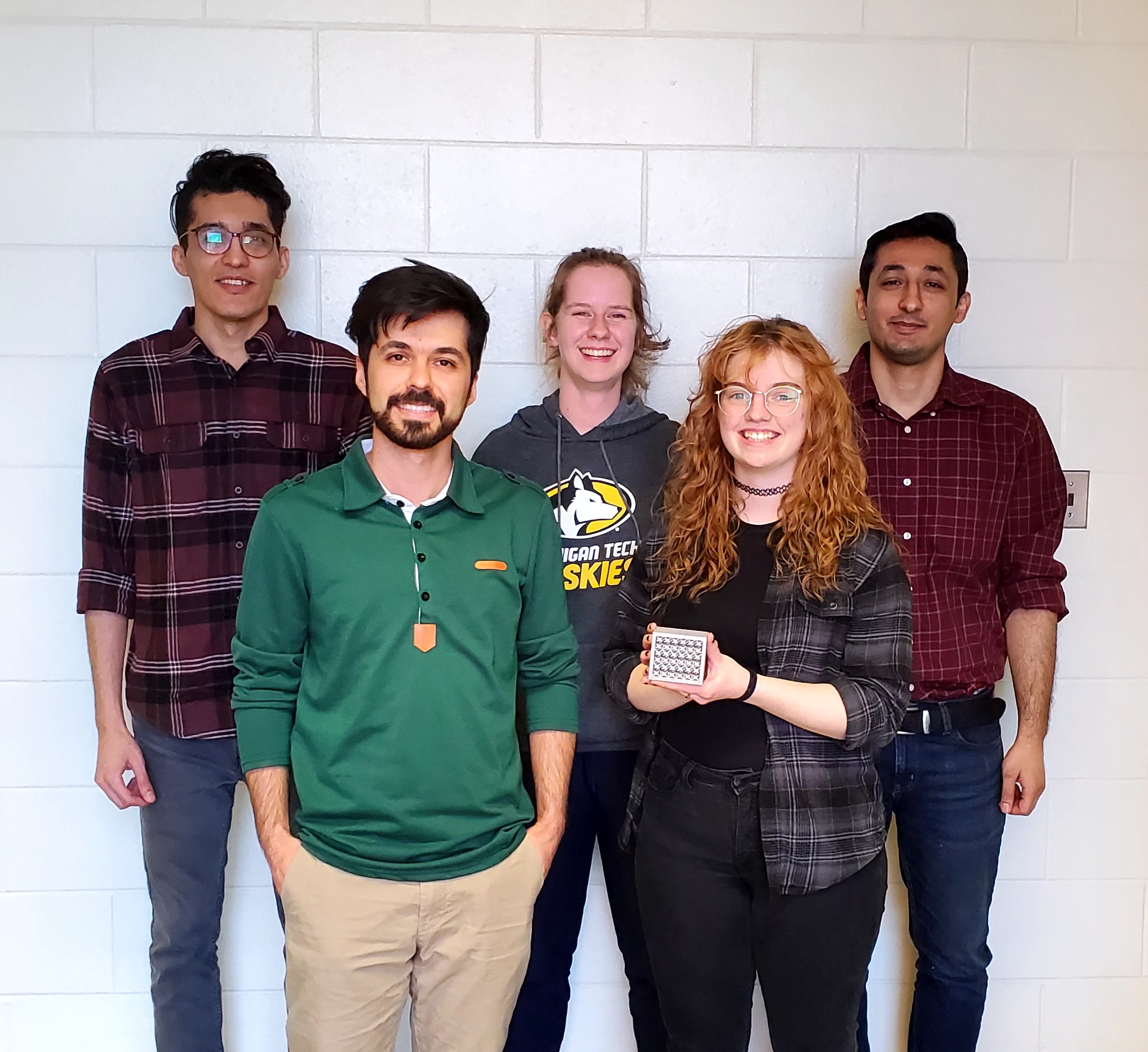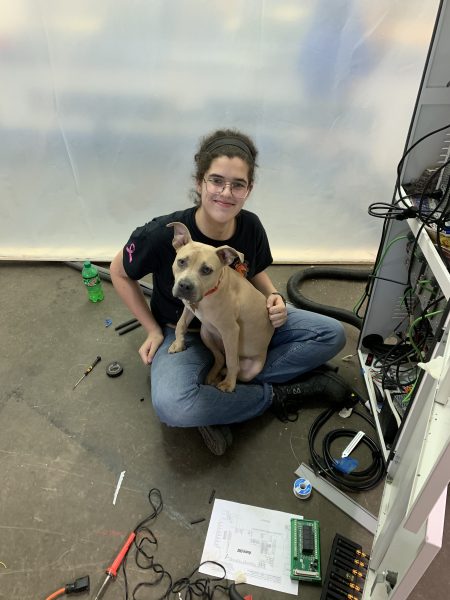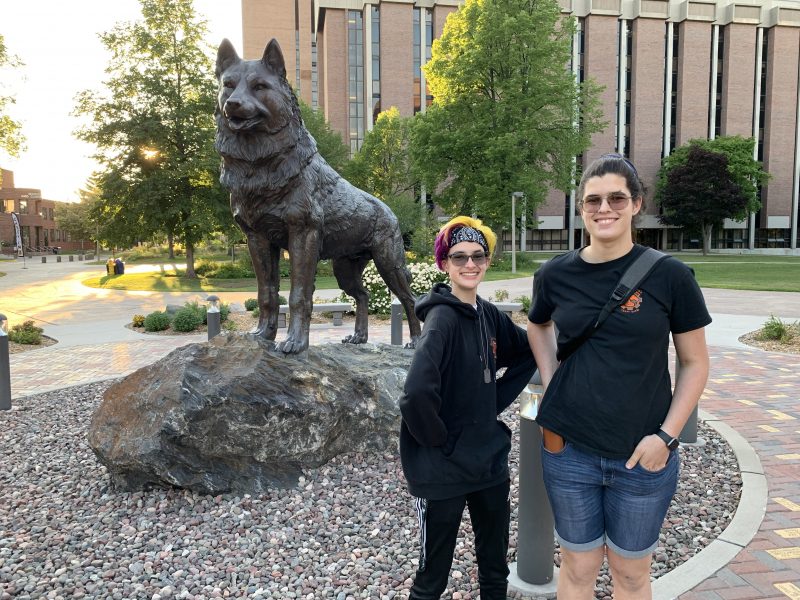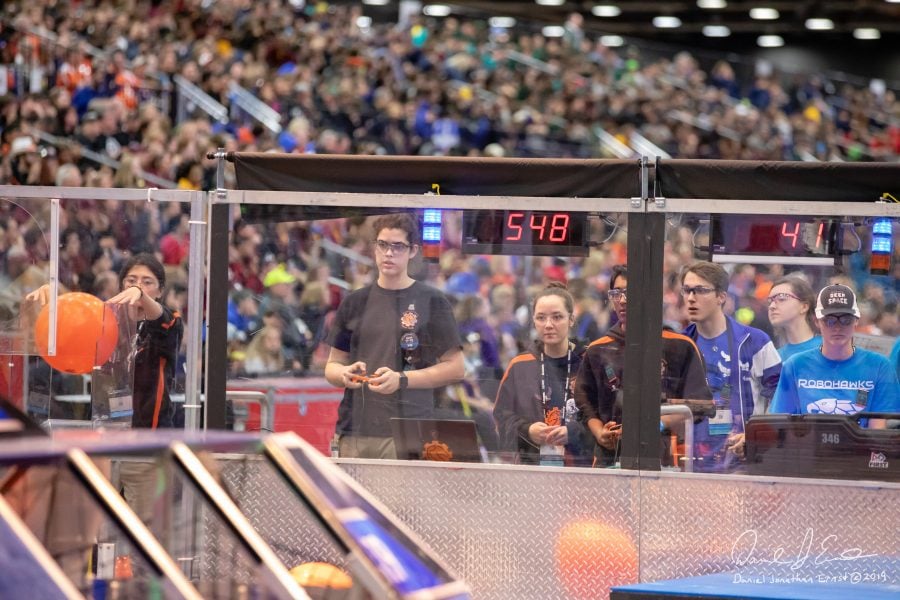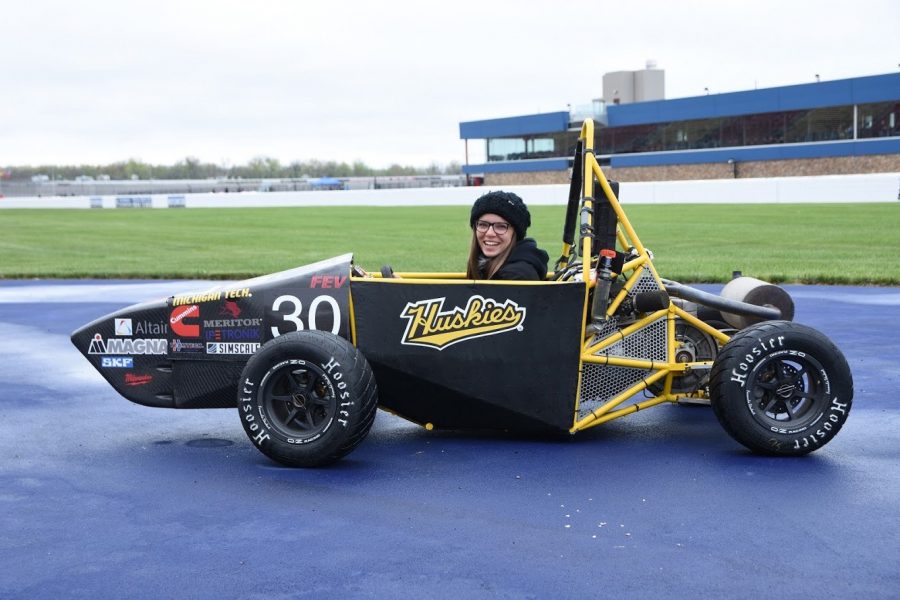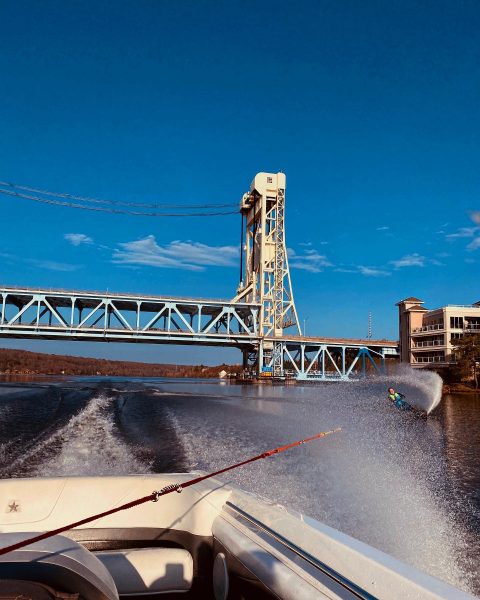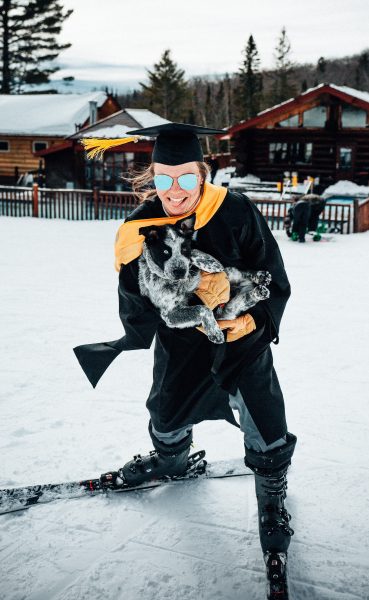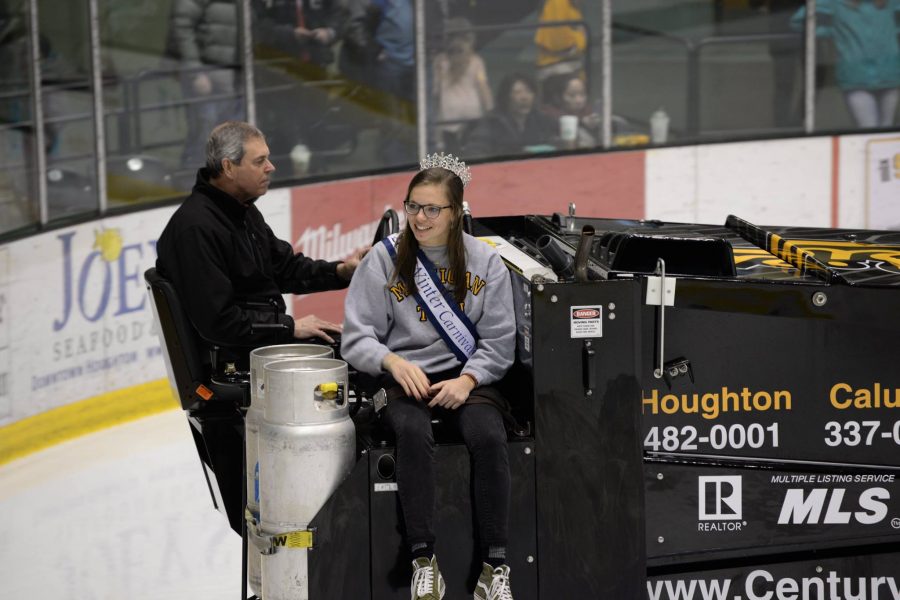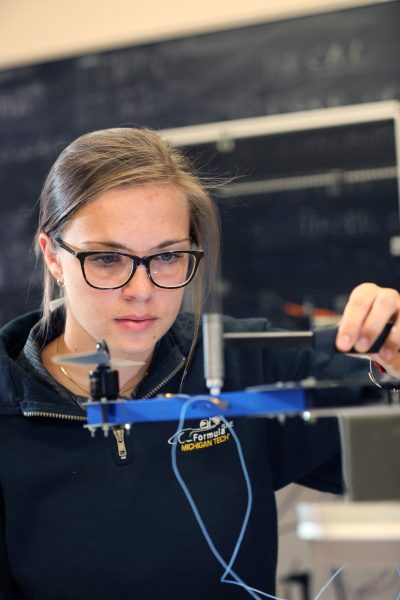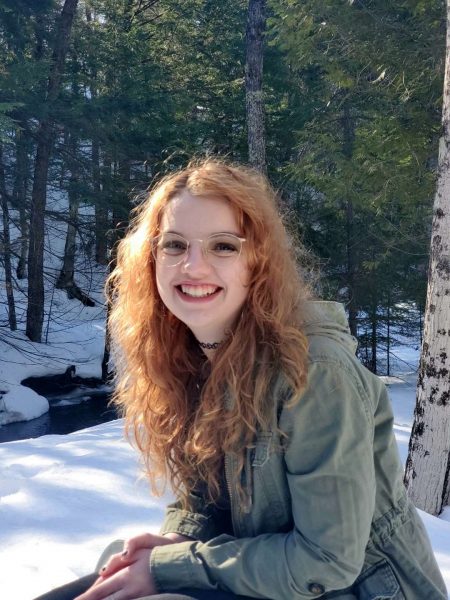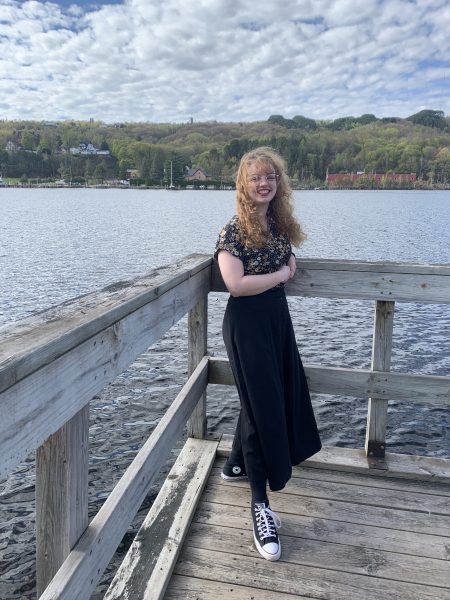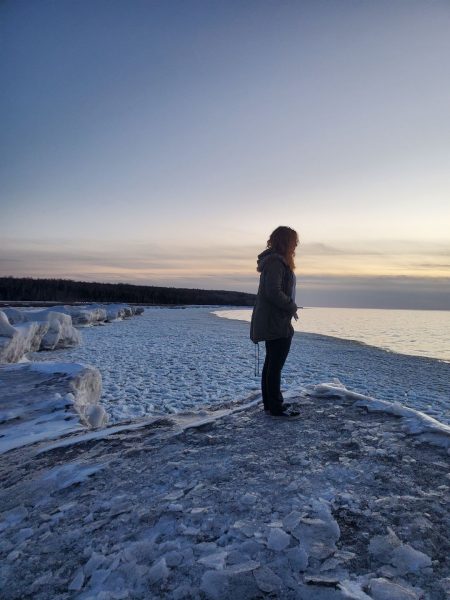One PhD student position with full assistantship is available in the Department of Mechanical Engineering-Engineering Mechanics (MEEM) at Michigan Technological University. The student will work under Dr. Kai Zhou’s supervision.
The position will start in Spring 2023. It is available immediately and open until filled. The applicants must have a BS or MS degree in Mechanical Engineering with a particular emphasis on Structural Dynamics and Vibrations. The qualified applicant is expected to:
- Have the extensive experiences and strong skills in testbed set-up, experimental instrumentation and data acquisition.
- Demonstrate the capability in using FE simulation to perform both the linear and nonlinear structural dynamic analysis. It is a plus if the student has the experiences conducting other multi-physics FE simulations, e.g., electromechanical FE, fluid-structure coupled FE, thermal-structural coupled FE. The preferred software include: Abaqus, Ansys and COMSOL.
- Have the in-depth knowledge in signal processing, machine learning (especially deep learning), data analytics and optimization. Have the strong programing skill using MATLAB, Python to support the implementation. The knowledge of Fortran and LabVIEW is a plus.
Interested applicants are encouraged to contact Dr. Kai Zhou (kzhou@mtu.edu) with your CV, transcripts.
